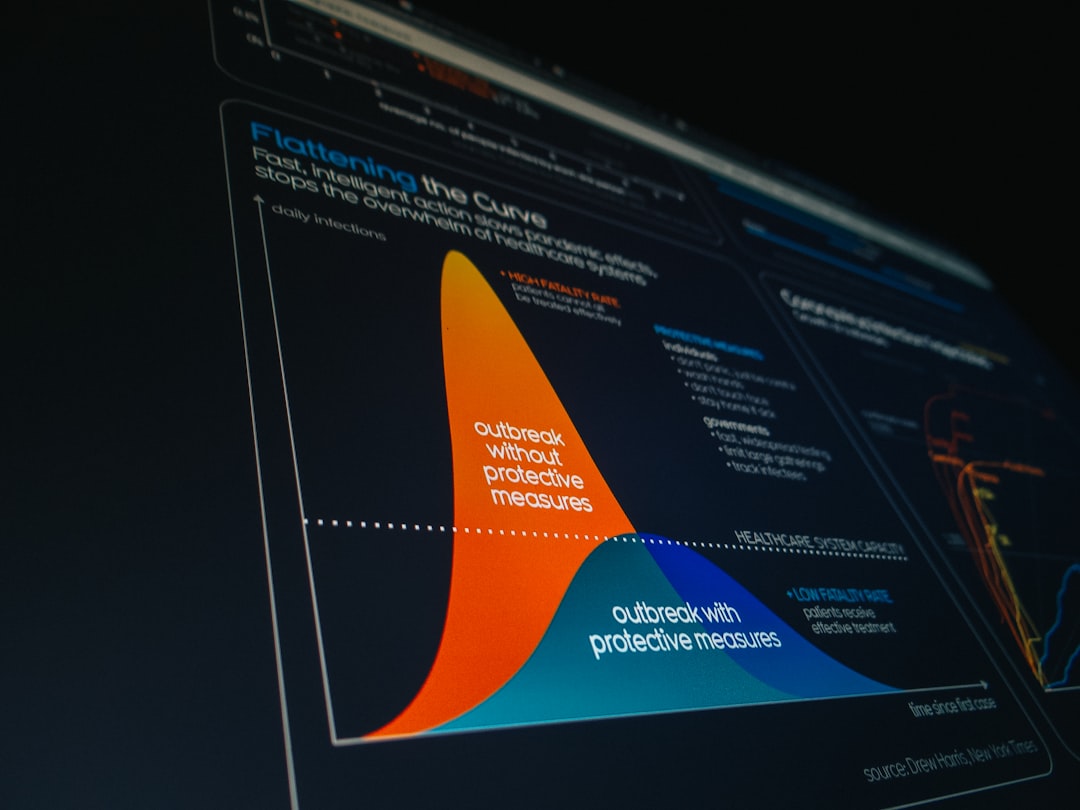How the Right Visual Marketing Strategies Enhance Your Brand
In an ever-evolving digital landscape, brands need to go far beyond just having a good product or service. What truly sets modern businesses apart is their ability to tell compelling stories — and nothing tells a story better or faster than a powerful visual. Visual marketing is no longer optional; it’s essential. From social media campaigns to website design and even product packaging, having the right visual marketing strategies in place can significantly boost your brand presence, engagement, and ultimately, conversions.
The Power of Visual Communication
Table of Contents
Our brains process images approximately 60,000 times faster than text. That’s because visuals tap into the brain’s emotional processing centers more effectively than words ever could. When leveraged correctly, visual elements such as color schemes, typography, and imagery can:
- Trigger instant brand recognition
- Communicate complex ideas quickly
- Evoke emotional responses
- Influence buying decisions
In essence, visuals can turn abstract brand values into concrete, emotional experiences that resonate with your audience. But this only works if your visual strategy is intentional and aligned with your overall brand identity.
Consistency: The Visual Bedrock of Your Brand
One of the most important principles in visual marketing is consistency. This doesn’t mean your content has to look the same all the time, but it should follow a cohesive style guide that reflects your brand’s personality. When customers see consistent visuals across all channels, it enhances credibility and encourages trust.
Consider global giants like Apple or Nike. Their visuals — whether a billboard, an Instagram post, or a product package — follow a defined style. You recognize the brand even without seeing the logo. That’s the power of visual consistency.
Key Elements of Effective Visual Marketing
Crafting a strong visual marketing strategy isn’t just about choosing pretty images. It involves a deliberate combination of design principles and brand messaging. Here are some of the foundational elements:
1. Brand Colors
Your color palette can impact how people perceive your brand. For instance, blue is often associated with trust and professionalism, making it a favorite in the banking industry. Meanwhile, vibrant colors like red or orange convey excitement and energy.
2. Typography
The fonts you choose should reflect your brand identity. A modern tech brand might use sleek sans-serif fonts, while a luxury fashion label might prefer elegant serifs. Whatever you choose, it should be legible and consistent across materials.
3. Imagery Style
The photographs, illustrations, and icons you use should align with your brand values. Think about whether you want a polished, minimalist look or something more eclectic and vibrant.

4. Iconography and Graphics
These subtle elements can enhance the user experience, reinforce messaging, and make content more digestible. Icons can guide users through a web page or highlight key features without overwhelming text.
5. Logo Usage
Your logo is the visual cornerstone of your identity. Make sure it’s used correctly and consistently, avoiding alterations that could dilute its impact.
Visual Marketing Across Different Platforms
The right visual marketing strategies need to be platform-specific. What works on TikTok might not succeed on LinkedIn, so it’s important to adapt without straying from your core identity.
Social Media
Social platforms are visual-first and highly competitive. Here, visuals must be attention-grabbing within seconds. Incorporate motion graphics, user-generated content, and branded templates to maintain both engagement and consistency.
Website and Landing Pages
Your website is the digital home of your brand. Use visuals to guide users intuitively through your content, highlight calls-to-action, and make navigation seamless. High-quality images and custom illustrations can greatly impact a visitor’s first impression.

Email Campaigns
Including visuals in your email marketing increases engagement and click-through rates. Use infographics, banners, or product photos sparingly to enhance your message without overwhelming the reader.
Print and Packaging
Print design still has a role in many industries. Think business cards, brochures, and especially packaging, which serves as the physical touchpoint of your brand. Breathtaking packaging can turn customers into brand advocates and social media promoters.
Psychological Impact of Visuals on Consumer Behavior
Visuals don’t just make your brand look good — they make your audience feel good. Let’s delve into how strategic design can influence behavior:
- Emotions: Colors and images can evoke specific feelings. Blues and greens often create a calm, trustworthy vibe; reds can increase energy and urgency.
- Memory: Visual scenes are easier to remember than text, which aids in brand recall.
- Persuasion: Infographics and visual storytelling can effectively support your claims and move audiences to action.
Every visual element your brand uses is an opportunity to connect emotionally and drive behavior. Miss that chance, and you could be losing business to more visually organized competitors.
Emerging Trends in Visual Marketing
Visual marketing is constantly evolving with new tools and consumer expectations. Here are some trends you should keep on your radar:
Motion Graphics and Short-form Video
Platforms like Instagram Reels and TikTok have accelerated the popularity of short-form video. Adding motion to your visual strategy can drastically improve engagement rates.
Augmented Reality (AR)
Many brands are integrating AR into their visual marketing, particularly in e-commerce. Virtual try-ons or interactive packaging experiences allow users to experience products visually before purchasing.
Data-Driven Visuals
Infographics and data visualizations that are not only informative but attractive can help brands establish authority while keeping audiences engaged.

Branded Illustrations
Custom illustrations instead of stock photography are gaining popularity. They offer uniqueness and help brands communicate ideas in a more creative and controlled way.
Building a Visual Marketing Strategy
To fully harness the power of visuals, follow a structured approach:
- Audit your current visuals: Ensure consistency, coherence, and quality across platforms.
- Define your visual identity: Choose a cohesive set of colors, typography, and style guidelines.
- Create templates and reusable assets: Save time and maintain consistency.
- Invest in quality visuals: Whether it’s photography, graphics, or video — quality pays off.
- Analyze performance: Use metrics to track which visuals resonate most with your audience and adapt accordingly.
Conclusion: More Than Just Aesthetics
The right visual marketing strategies do far more than make your brand look good — they shape perception, influence thoughts, and drive actions. In a world overflowing with information, your visuals are often the first and primary way people perceive you. Make that perception count.
By focusing on consistency, psychological impact, and platform-specific content, small businesses and enterprises alike can elevate their marketing efforts and build a brand that’s memorable, meaningful, and visually irresistible.







